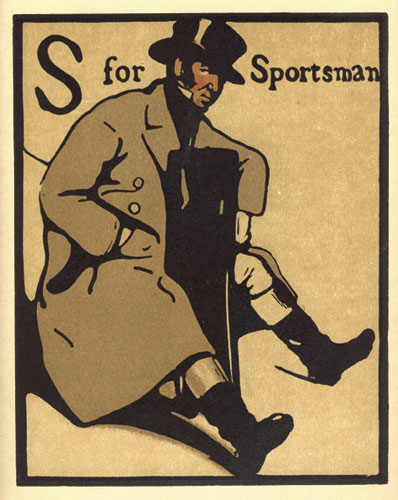When William Nicholson was invited to apply for election to the Royal Academy in 1926 he declined because, he said, “the idea of a label of any sort scares me away from all desire to paint.” Nicholson was a resolute non-joiner, an artist who pursued his own, somewhat irregular path throughout the course of a career that began in the late nineteenth century and lasted into the early years of the Second World War. He was born in 1872 (the same year, incidentally, as Mondrian) and lived through a period of history when pictorial conventions were challenged, with unprecedented violence, by a clashing tumult of successive “isms” and innovations. But he himself was more or less untouched by Cubism, Futurism, Surrealism and the myriad forms of abstraction practised by many of his British and European contemporaries.
In his youth he had admired the Old Masters as well as a number of avant-garde painters of the late nineteenth century, including Whistler and Manet; Degas and Toulouse-Lautrec; and perhaps also Vuillard and Bonnard. He decided early in his career that there were more than enough possibilities, in the styles of representational painting which he was able to evolve from that gamut of influences, to detain him indefinitely. He painted still lifes, portraits, landscapes, interiors, views of cities. He had no interest in innovation for its own sake and the idea of painting in order to reform the nature of painting itself would have struck him as eccentric. After his death his son, Ben Nicholson, the well-known abstract painter and sculptor, felt obliged to defend him against charges of timid provincial Englishness. He was an artist interested in “poetic ideas” who in his finest works achieved a certain “universality which endures, and it is this which makes him a finer painter than any...

William Nicholson at the Royal Academy 2004
07-11-2004

